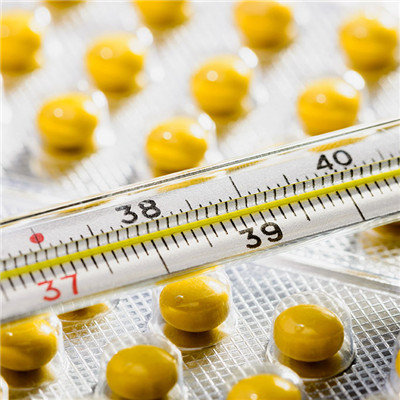What is the meaning of "Damp heat" in traditional Chinese medicine?
summary
What is the meaning of "Damp heat" in traditional Chinese medicine? Many people will hear this word from doctors when they go to see traditional Chinese medicine. What does "Damp heat" mean in traditional Chinese medicine? Let's understand it through the following introduction.
What is the meaning of "Damp heat" in traditional Chinese medicine?
To understand the meaning of damp heat in traditional Chinese medicine, we should first understand what is damp and what is heat. The so-called wet, which is commonly known as water wet, it has the distinction between external wet and internal wet. External dampness is caused by the invasion of external dampness into the human body due to the humid climate, wading in the rain or humidity at home; internal dampness is a pathological product, which is often related to digestive function. Traditional Chinese medicine believes that the spleen has the function of "transforming water and dampness". If the body is deficient, dyspepsia or overeating, eating too much greasy and sweet food, the spleen can not "transform" normally and make "water and dampness stop inside"; and people with spleen deficiency are easy to attract the invasion of external dampness, and external dampness often blocks the spleen and stomach, making dampness grow from inside, so the two are independent and related.

The so-called heat in damp heat is a kind of heat image. The heat in damp heat exists at the same time with dampness, or it invades the human body due to the hot and humid weather in summer and autumn, or it slowly turns into heat due to the long stay of dampness, or it turns into heat from Yang due to the constitution of Yang heat. Therefore, it is very common for dampness and heat to exist at the same time.

Generally speaking, the symptoms of damp heat in traditional Chinese medicine mainly include: heavy limbs, fever is obvious in the afternoon, not relieved by sweating; tongue coating is yellow and greasy, and pulse counts. The specific manifestations are different due to different parts of damp heat: eczema or blister in the skin; local swelling and pain in the joints and muscles. But generally speaking, damp heat refers to that damp heat goes deep into the viscera, especially the spleen and stomach. It can be seen that the stomach is full, nausea and anorexia, diarrhea, short urine and red pulse. Others, such as liver and gallbladder damp heat, are characterized by distending pain in the liver area, poor appetite, or yellowing of the body and eyes, or alternating fever and cold, pulse string number. Bladder damp heat shows frequent urination, urgency, astringency and pain: yellow and turbid color; large intestine damp heat shows abdominal pain Diarrhea, even diarrhea, purulent stool, anal burning, thirst.

matters needing attention
What is the meaning of "Damp heat" in traditional Chinese medicine? Through the above introduction, we know that if this happens, we can use traditional Chinese medicine for conditioning.














